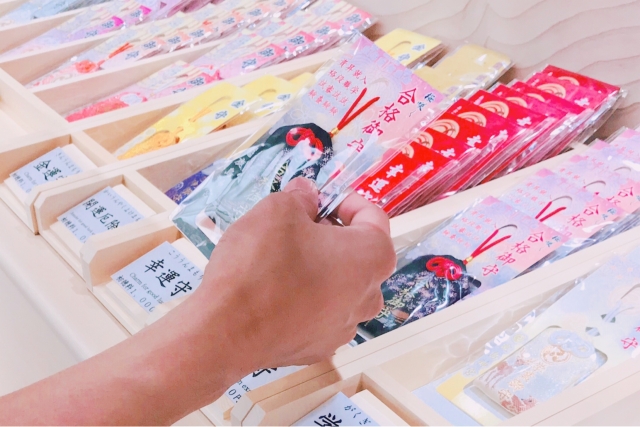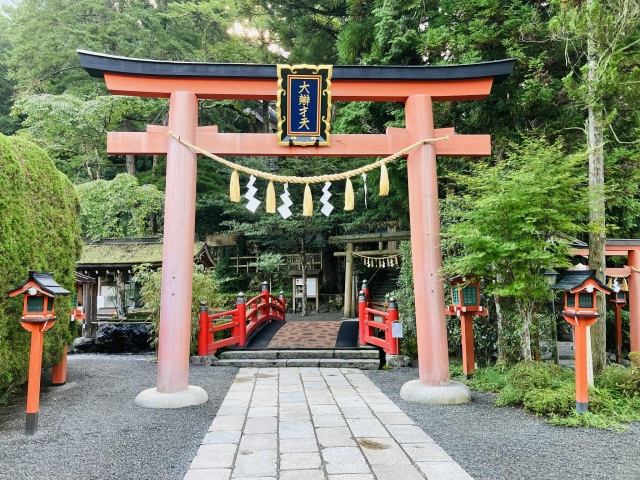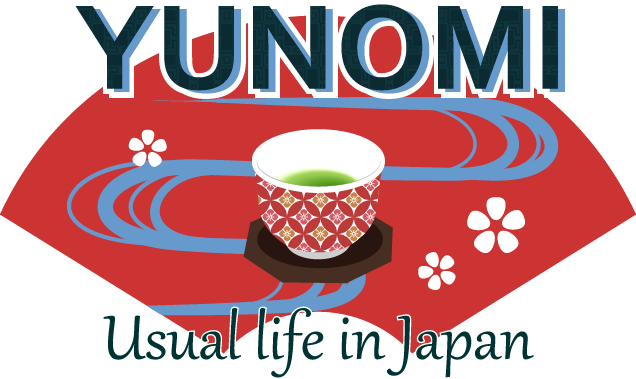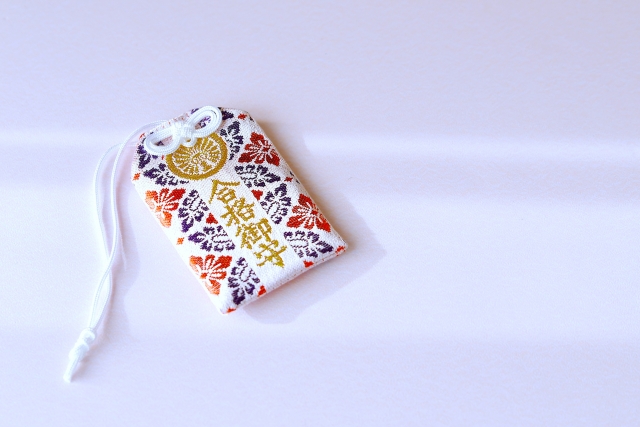Japan is often seen as a country full of traditions and rituals—
but strangely, most Japanese people don’t identify as “religious.”
They rarely go to church or temples on a regular basis,
yet they’ll visit shrines during New Year, buy charms for good luck,
and pray before exams or big events.
So why do Japanese people still buy omamori,
even if they don’t think of themselves as religious?
Let’s explore this fascinating question.
What Are Omamori?

Omamori (お守り) are small amulets sold at shrines and temples across Japan.
They’re believed to provide blessings and protection in specific areas—
for example, safe travels, good health, exam success, or love.
Each omamori is wrapped in a small silk pouch
and usually contains a prayer or sacred paper from the shrine.
People often buy them at the beginning of the year,
before a trip, or when starting something new—like a job or school life.
Religion in Japan Is Different

To understand this, we first need to understand how religion works in Japan.
In Western cultures, religion often means “belonging”—
you’re Christian, Muslim, or Hindu, and your faith defines your identity.
In Japan, it’s not about belonging. It’s about coexisting.
Most Japanese people grow up surrounded by both Shinto and Buddhism,
and they move between them naturally.
It’s common to attend a Shinto-style wedding
and later have a Buddhist funeral.
To foreigners, that might seem contradictory—
but to Japanese people, it’s simply natural.
Each tradition has its own purpose and timing in life.
Omamori as Emotional Security

Buying an omamori doesn’t necessarily mean “I believe in God.”
It’s more like saying, “I hope everything goes well.”
Omamori offer a sense of comfort,
a quiet way of turning anxiety into peace.
They remind you that you’ve done something positive—
you’ve shown respect, made a wish, and moved forward.
In that sense, omamori are not about faith.
They’re about reassurance.
A Cultural Habit, Not a Religious Duty

In modern Japan, omamori are part of everyday culture.
People buy them not only for themselves but also for others—
students receive exam charms from parents,
travelers get safety charms from friends,
and families give health charms to elderly relatives.
These aren’t religious gestures.
They’re expressions of care and connection.
That’s why it’s normal to see people who never pray
still buying omamori before an important day.
It’s not about worship—it’s about thoughtfulness.
The Ancient Belief in Spirits Everywhere
Deep down, this mindset comes from Japan’s ancient worldview:
“Yaoyorozu no Kami” (八百万の神)—the belief in “eight million gods.”
In this view, spirits live everywhere:
in mountains, rivers, trees, even in your kitchen or bathroom.
Every place has its own form of divinity.
So carrying an omamori means bringing a small piece of that sacred energy with you—
like a portable blessing.
Why This Makes Japan Unique

Japan’s spirituality doesn’t focus on strict beliefs.
It values harmony, gratitude, and respect.
There’s no conflict between science and faith—
they simply exist side by side.
An omamori isn’t a symbol of religion.
It’s a quiet reminder that we’re connected to something larger,
something unseen but deeply felt.
In the End
Even without organized religion,
Japanese people find peace in simple rituals—
visiting shrines, buying omamori, bowing before a torii.
It’s not about believing in a specific god.
It’s about living with awareness and gratitude.
An omamori, then, is more than a charm.
It’s a reflection of Japan’s gentle way of saying:
“I hope for the best—for myself and for you.” 🌸

